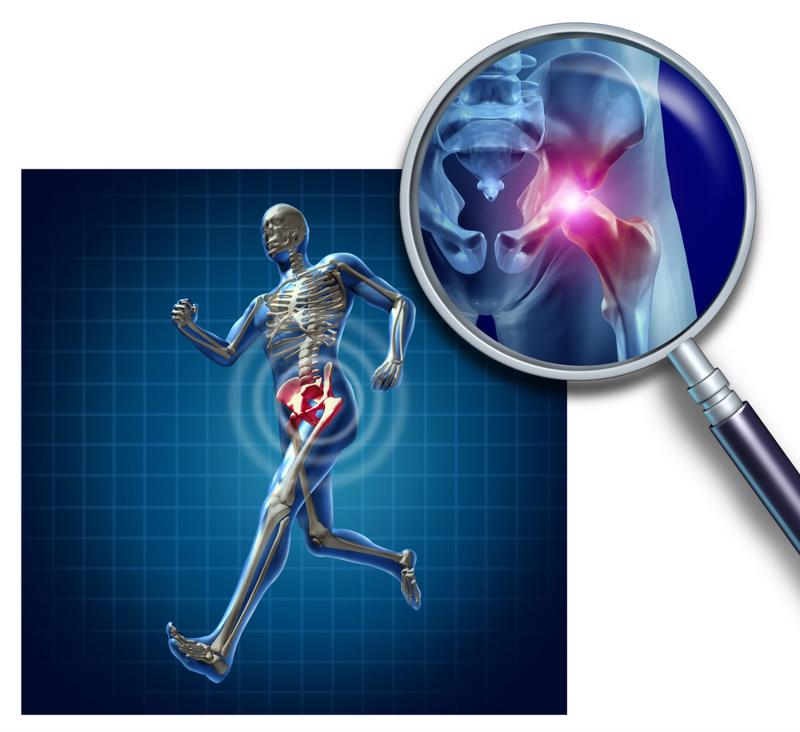Advanced orthopedic market revenue to grow to $42.2 billion by 2019
The health care industry is seeing a drastic increase in technological developments. Electronic health records and wearables technology may just be the beginning. In orthopedics, new biotechnical advancements not only improve patient outcomes, but also change the future of the medical practice. A report conducted by BCC Research analyzed the advancement of the orthopedic market in regard to finances and annual growth rates.
The study and its findings
In order to conduct the study, researchers interviewed more than 50 executives, product managers and clinical specialists in the orthopedic industry. That information was compiled from published literature, investment reports, business journals and enterprise literature. Melissa Elder, health care market analyst, led the analysis and compared her findings.
The study's author found that the global market revenue for advanced orthopedics grew from $35.3 billion in 2013 to $36.4 billion in 2014. Additionally, the industry will see a compound annual growth rate of approximately 3 percent through 2019. By that year, the advanced orthopedics market is expected to reach revenues of $42.2 billion.
For specific orthopedic practices, the study estimated that joint replacement, regenerative product and implant markets will grow at a 2.7 percent compound annual growth rate until 2019, at which point revenue will be around $34.4 billion. The global cartilage and soft tissue repair sector should grow more quickly at a compound annual growth rate of 6.6 percent. In 2014, this market earned $1.8 billion in revenue, and by 2019 it should reach $2.5 billion.
Why is the industry growing?
The advanced orthopedic market can be expected to grow in part due to the adoption of 3-D printers. These machines are currently expensive and print products in high-quality plastic. Ivanhoe Broadcast News reported that 3-D knee replacement is covered by most insurance companies and that by 2030, 3 to 4 million of these surgeries will be conducted every year.
 Advancements in orthopedics are also relying on virtual reality.
Advancements in orthopedics are also relying on virtual reality.After a physician performs a CT scan to collect a digital model of a knee, 3-D printers can produce an exact replica that would fit perfectly in patients. This is unlike common replacement knees, which are often hard to match to patients and can cause knee pain after surgery. The 3-D printed implants are more than just for knee surgery. They can even be used for vertebrae.
Another advancement in orthopedics relies on virtual reality. Patients can walk on a treadmill as they walk through a virtual environment. Other applications of virtual reality can be applied to medical students who can wear Google Glass or an Oculus Rift, a virtual reality headset whose technology was recently purchased by Facebook.
According to In The Capital, Thomas Gregory, D.O., orthopedic surgeon at Hospital Georges Pompidou and associate professor at Paris Descartes University, wore a head-mounted GoPro Dual Hero camera to film a full hip replacement surgery. He took the footage and converted it into a virtual reality experience for his students.
"When you are a surgeon in training, you watch a lot of procedure, but you are very rarely in place of the primary surgeon," Gregory told In The Capital. "This project uses virtual reality to improve surgical training by putting the trainee in the shoes of the surgeon."
With the Oculus Rift, the students could virtually move around the operating room and experience views that would otherwise be impossible in a traditional setting. They can observe nurses' behaviors and get closer to the procedure. This is not only a great training method, but can even be used to review past surgeries to identify mistakes and invent easier methods. With streaming capabilities, surgeons could get assistance for the most difficult and high-risk surgeries.



